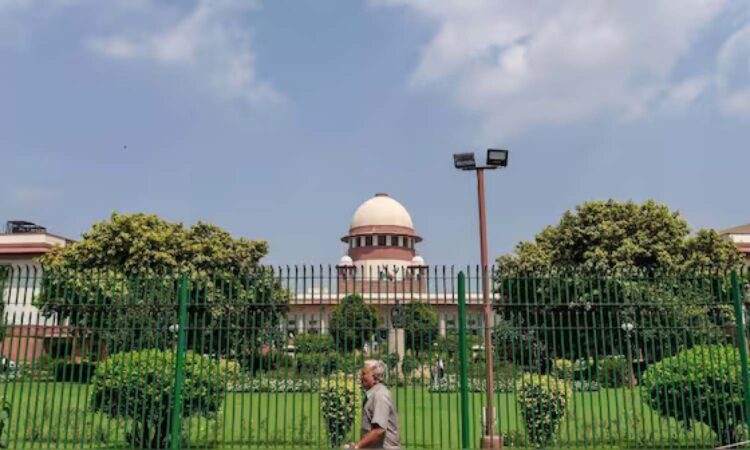DELHI: The Supreme Court on Wednesday upheld the use of Urdu on signboards in Maharashtra, delivering a significant ruling that reinforces the constitutional equality of languages recognised under the Eighth Schedule.
The court dismissed a petition challenging the presence of Urdu on a municipal council signboard, affirming that both Urdu and Marathi enjoy equal status under the Indian Constitution.
A Bench comprising Justice Sudhanshu Dhulia and Justice K. Vinod Chandran issued the ruling in response to a plea filed by Varshatai Sanjay Bagade, a former councillor from Patur town, who objected to the use of Urdu on the nameboard of the local municipal council.
The court firmly rejected the argument that only Marathi should be used, clarifying that the Constitution grants the same standing to both languages. “Urdu originated in India and cannot be seen as alien to the country,” the Bench observed, stating that the language has deep roots and a rich literary tradition on Indian soil.
The judges remarked that Urdu has evolved over centuries and has been widely cherished by poets and scholars alike. “Assigning languages to religious communities is a colonial legacy,” the court said, adding that the British administration was responsible for associating Hindi with Hindus and Urdu with Muslims.
Justice Dhulia stated, “This is a tragic outcome of division from unity. We now see Urdu as a language of the other, when in fact it is an Indo-Aryan language like Hindi and Marathi.”
Addressing the petitioner’s argument citing the Maharashtra Local Authority Language Act, 2022, the court made it clear that the Act does not prohibit the use of Urdu. It emphasised that the language cannot be treated as banned or inferior in any context.
“The issue is not about religion, but about recognising that Urdu is as Indian as any other language listed in the Eighth Schedule,” the court stated. It concluded that using Urdu on government signage does not violate any legal or constitutional provision and reaffirmed the right to linguistic inclusion in public spaces.










